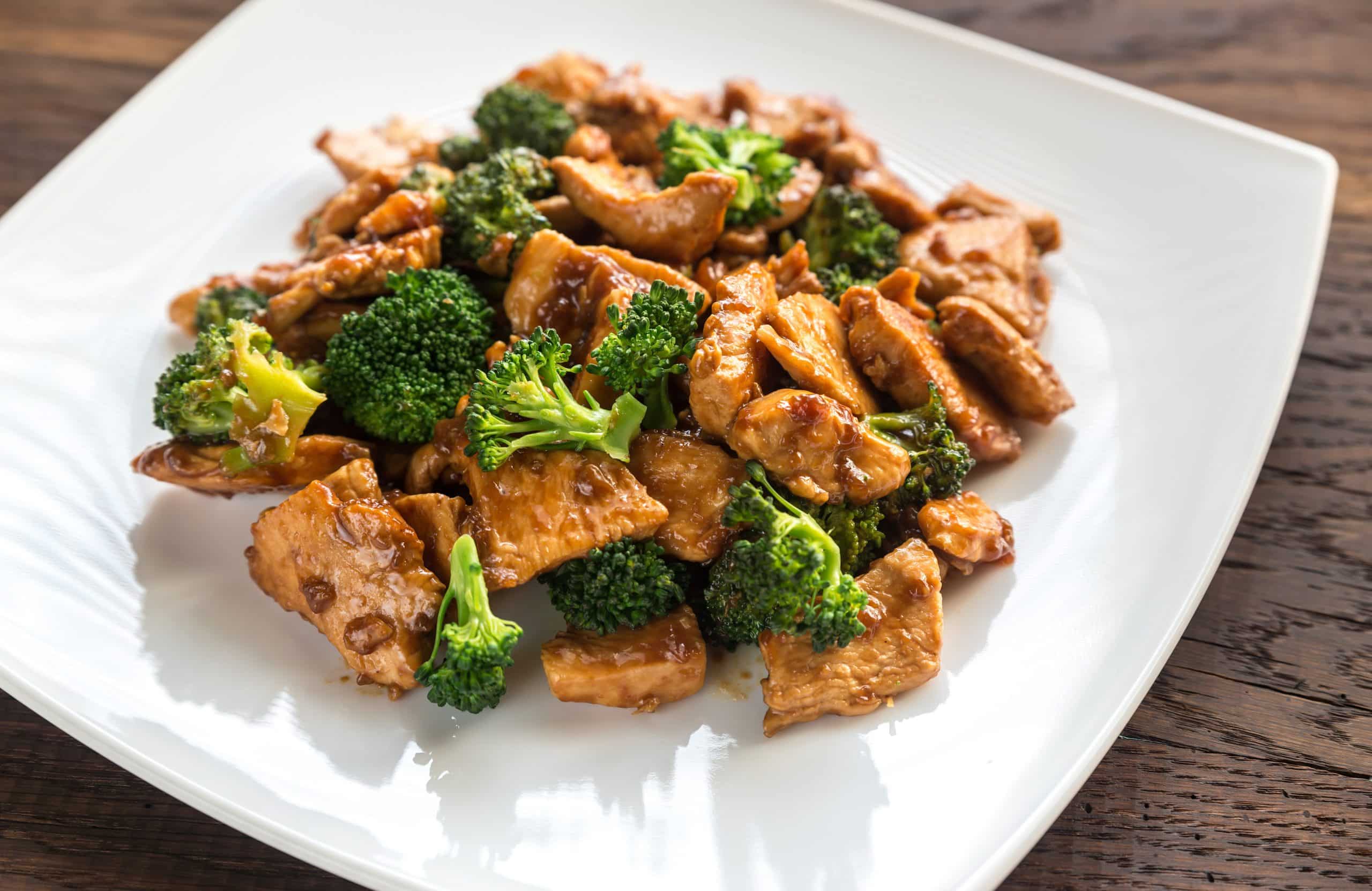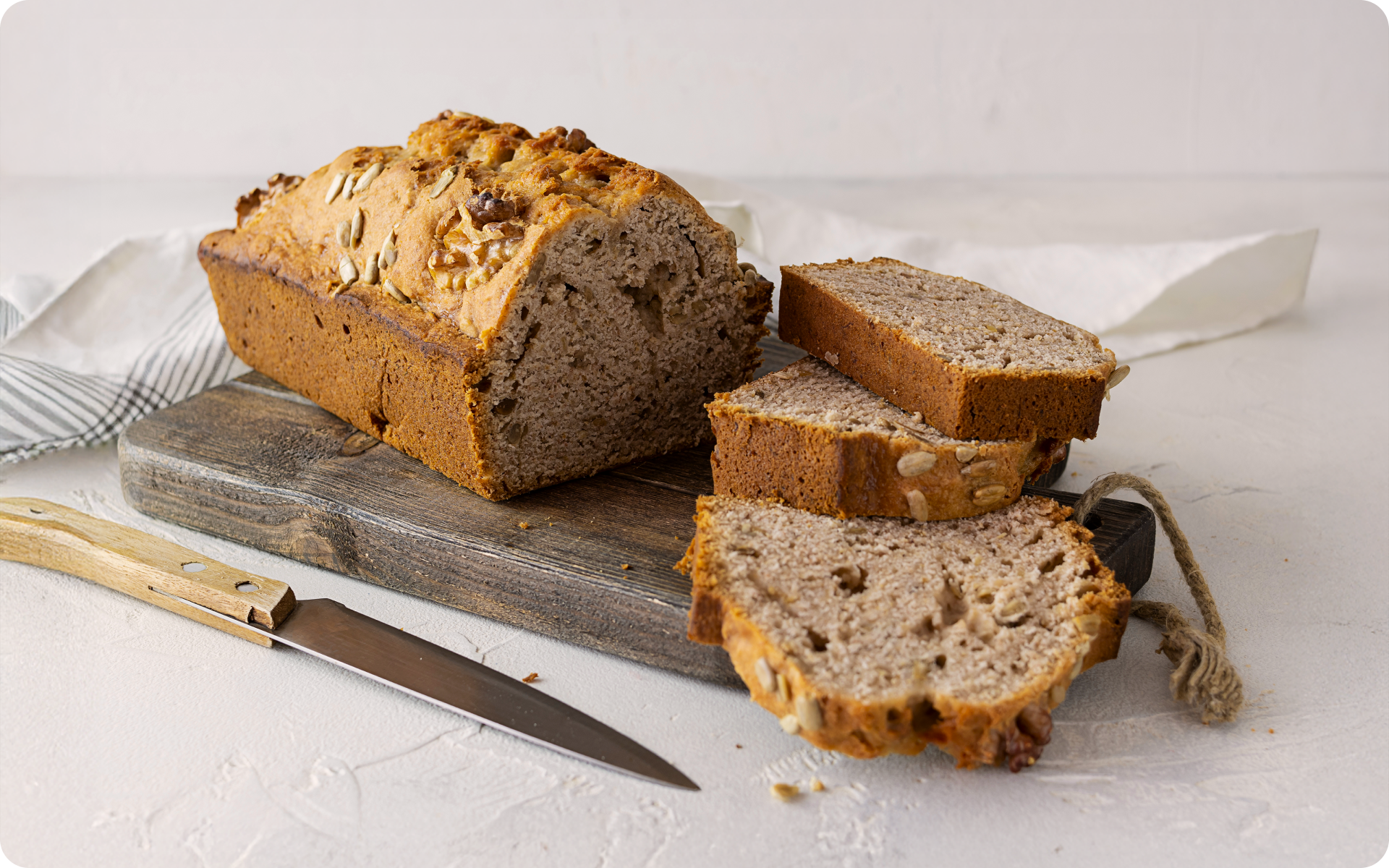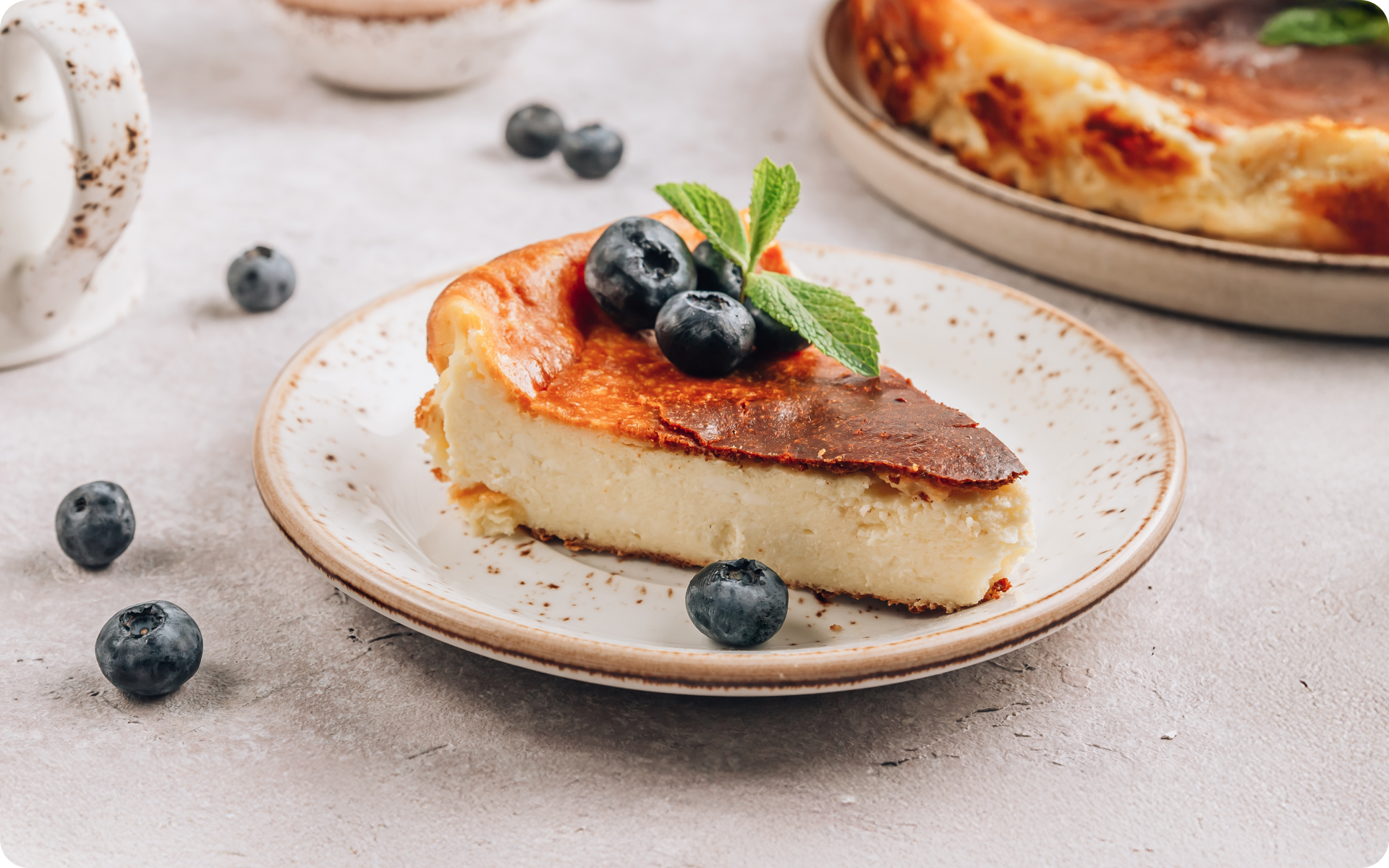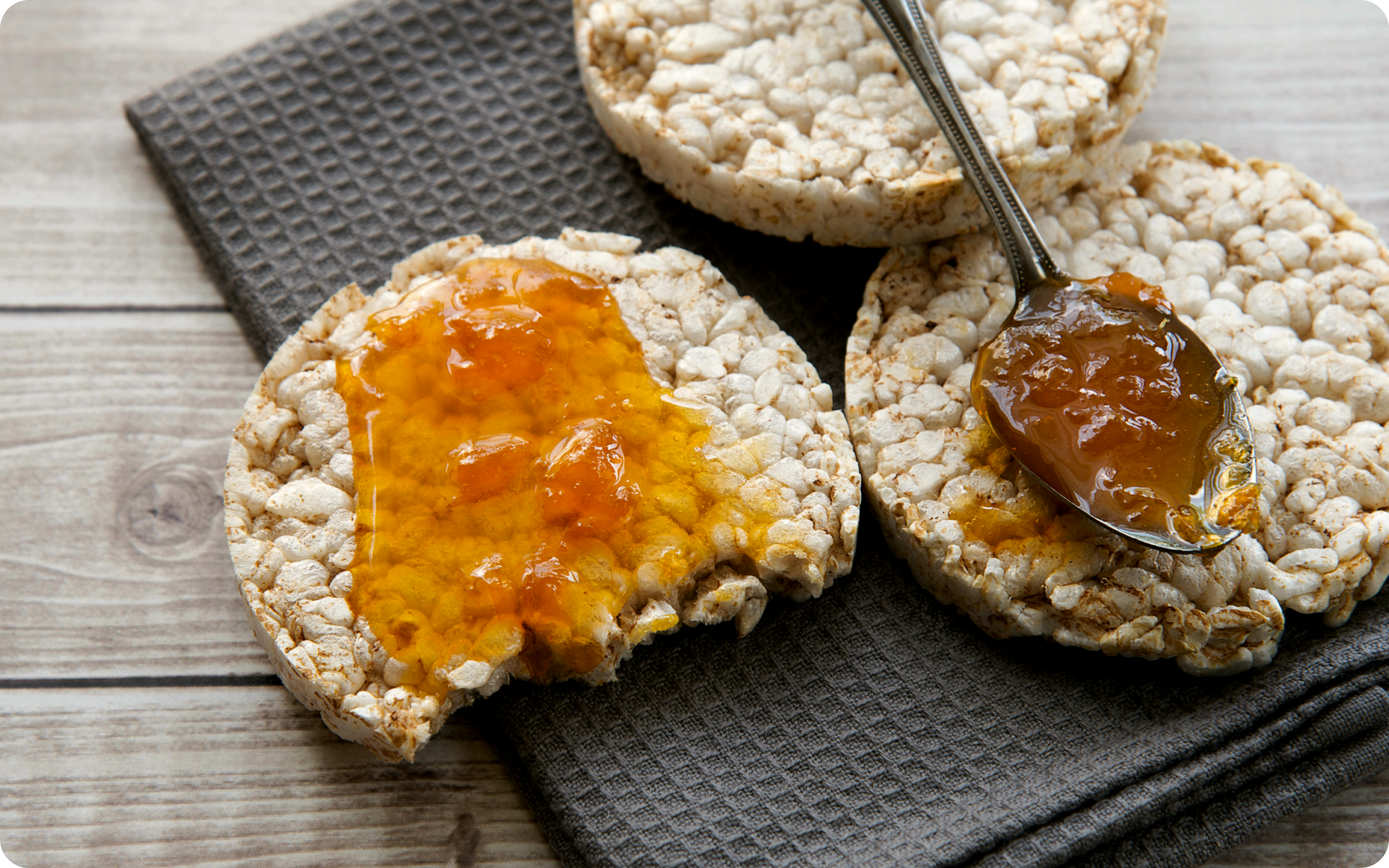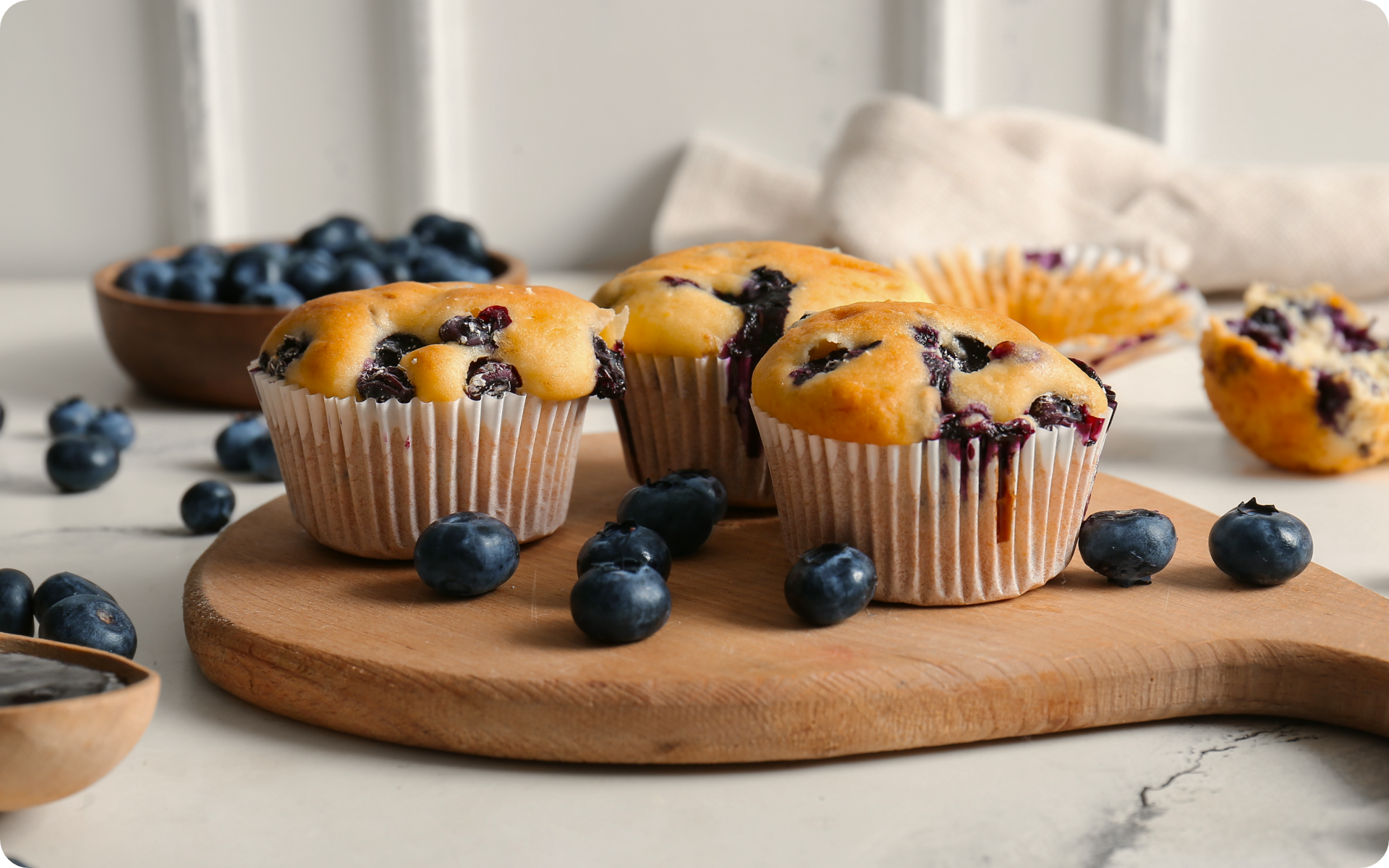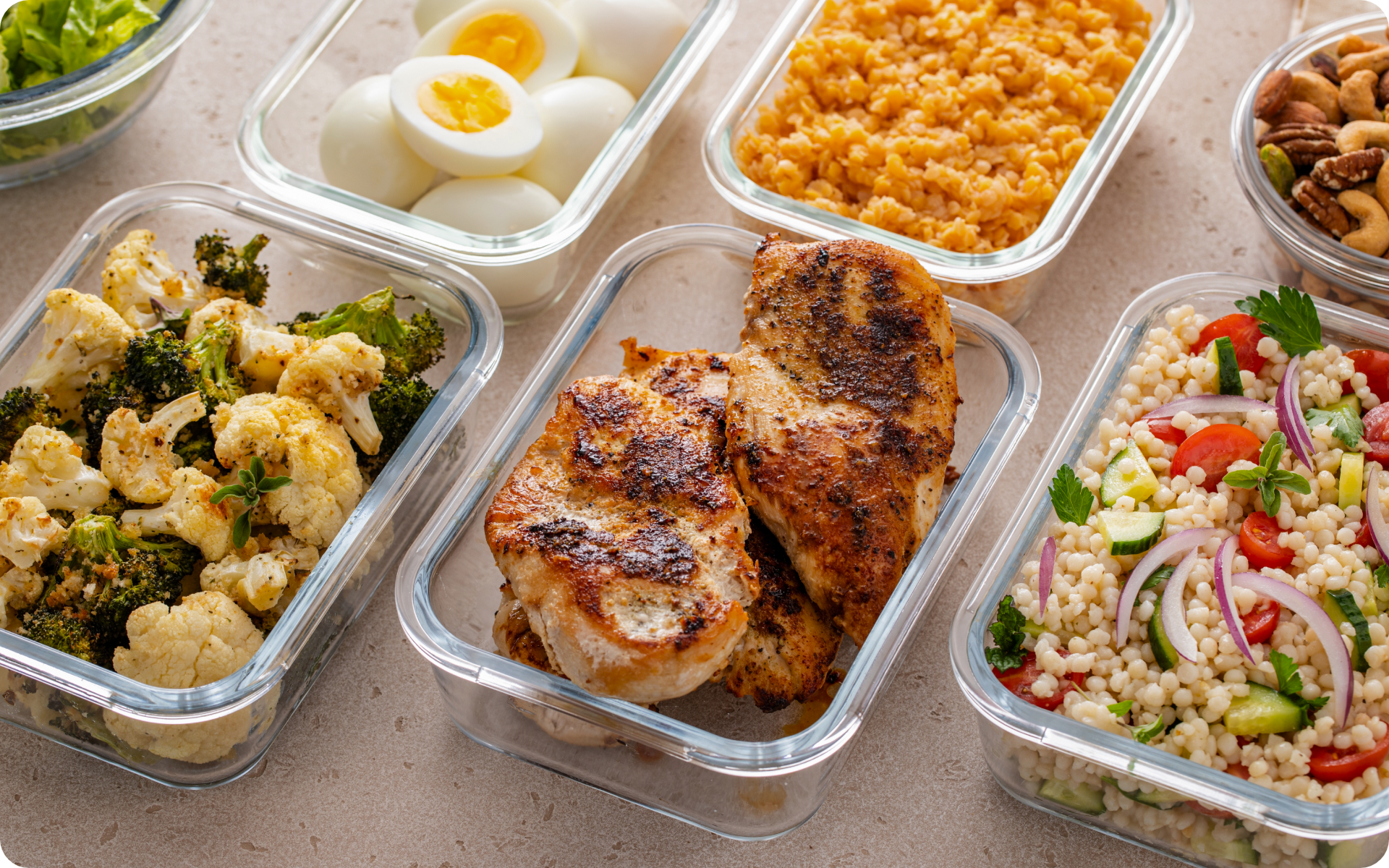Thinking of ordering out for dinner tonight? Think again! Sure, the Chinese restaurant down the street might seem like an easy option, but take-out gets expensive – and not to mention, it’s not always the healthiest choice. Luckily, making a delicious and healthy stir fry at home is easier than you think – and it doesn’t have to take all night! This chicken and broccoli stir fry is healthy, delicious, and ready in under 30 minutes. Read on for a flavor-packed chicken and broccoli stir fry recipe that the whole family will love. Plus, find out why homemade stir fry is always better than take-out.
Why Homemade Stir Fry Is Better Than Take-Out
First things first: why bother making a stir fry at home when you can just order delivery?
Here are a few reasons why homemade stir fry is better than take-out:
You Know Exactly What’s Going Into Your Stir Fry
When you make a stir fry at home, you can control the ingredients. That means you can use fresh, healthy ingredients and avoid any unwanted additives or ingredients that aren’t so healthy.
You Can Customize Your Stir Fry To Your Liking
Don’t like too much spice? No problem! Making a stir fry at home means you can adjust the seasoning to suit your taste. Want a keto-friendly version? Again, no problem!
Just leave out the rice or noodles and go heavy on the veggies. Need a gluten-free option? Swap the soy sauce for tamari. The options are endless when you make your own stir fry.
It’s Cheaper Than Take-Out
Let’s be honest – take-out can get expensive, especially if you’re feeding a family. When you make a stir fry at home, you can stretch your ingredients to feed more people for less money. This is certainly the more budget-friendly option.
Now that we’ve convinced you to ditch the take-out and make a stir fry at home, let’s get to the recipe!
Read More: Low-Calorie Breakfast Recipes For Weight Loss
Chicken And Broccoli Stir Fry Recipe
This healthy chicken and broccoli stir fry is inspired by the classic Chinese take-out dish with a few adjustments to make it lighter and healthier. The best part? It’s ready in under 30 minutes, which makes it the perfect weeknight meal.
Here’s what you’ll need:
Chicken Thighs Vs Chicken Breast
A lot of stir fry recipes call for chicken breast, but we prefer to use chicken thighs. Why? Chicken thighs are juicier and have more flavor. They’re also less likely to dry out when stir fried.
If you prefer chicken breast, you can certainly use it in this recipe – just be sure not to overcook it.
The skin on chicken thighs also adds a nice crispy texture to the dish, but if you’re watching your fat intake, you can remove the skin before cooking. Just make a small cut along the edge of the skin and use your fingers to peel it off. You can also buy boneless skinless thighs to make it even easier.
Sugar-Free Stir-Fry Sauce
Traditional stir-fry sauces are loaded with sugar, but this homemade version is completely sugar-free. It’s made with coconut aminos, sesame oil, fish sauce, and arrowroot starch.
- Coconut aminos: a sauce made from coconut sap. It has a slightly sweet taste with a touch of umami. Compared to soy sauce, coconut aminos has a lower sodium content and is also gluten-free.
- Sesame oil: adds a nutty flavor to the sauce.
- Fish sauce: made from fermented fish, this ingredient adds a salty, umami flavor and depth to the dish.
- Arrowroot starch: this helps to thicken the sauce and gives it a glossy sheen. It’s gluten-free and has a neutral taste.
Fresh Broccoli
The best way to get crisp, fresh broccoli is to buy it in season. That said, you can often find good quality frozen broccoli that works well in this recipe too.
Just be sure to thaw it completely and drain any excess water before adding it to the stir fry. Frozen vegetables tend to release a lot of water, so if you add them to the pan while they’re still frozen, it will make the sauce watery.
Herbs And Spices
To keep this recipe light and healthy, we’ve used a minimal amount of herbs and spices. Just a touch of garlic, ginger, and red pepper flakes to give it a bit of flavor without being overpowering.
You can adjust the amount of red pepper flakes to control the level of spice in the dish. Salt and pepper are also added to taste.
Whether you’re looking to simply pep up your fitness routine, jazz up your diet with mouth-watering low-calorie recipes or want to get your act together and significantly drop that number on your scale – BetterMe app has got you covered! Improve your body and revamp your life with us!
How To Make Chicken And Broccoli Stir Fry (4)
Now let’s get to the cooking! This stir fry is actually quite simple to make. Here’s how:
Ingredients:
- 1 pound chicken thighs, cut into small pieces
- 4 cloves garlic, minced
- 1 tsp ginger, minced
- 1 tsp salt
- ¼ tsp black pepper
- 1 tsp red pepper flakes
- 1 tbsp avocado oil
- 4 cups broccoli florets
- ⅓ cup water
- ¼ cup coconut aminos
- 1 tsp fish sauce
- 1 ½ tsp sesame oil
- ½ tbsp arrowroot starch
- Green onion, for garnish
- Sesame seeds, for garnish
Instructions:
Prepare the chicken:
- In a large bowl, combine the cubed chicken pieces, garlic, ginger, salt, black pepper, and red pepper flakes. Mix well to coat the chicken evenly.
- Heat a large pan or wok over medium-high heat. Add the avocado oil and swirl to coat the bottom of the pan. Add the chicken and cook for 5-7 minutes, or until browned.
- Add the broccoli and water to the pan. Cook for 3-5 minutes, or until the broccoli is crisp-tender.
- Meanwhile, whisk together the coconut aminos, fish sauce, sesame oil, and arrowroot starch in a small bowl.
- Add this to the pan and cook for 1-2 minutes, or until the sauce has thickened.
- Garnish with green onion and sesame seeds, if desired. Serve immediately. Enjoy!
Nutritional info: 28.2g total fat, 21.9g carbohydrates, 6.9g fiber, 31.6g protein, 1.9g sugars, 48.6µg vitamin A, 82.7mg vitamin C, 411.3mg calcium, 7mg iron, 106.7mg cholesterol .
This recipe is courtesy of allhealthythings.com
Read More: Benefits Of Ginger Shots, Recipes, And Everything Else You Should Know
Nutritional Facts For Healthy Chicken And Broccoli Stir Fry
Featuring lean meats and veggies, this stir fry is a great option for those watching their saturated fat and calorie intake. Here’s a look at the nutritional value per serving:
Calories
One serving of our healthy chicken and broccoli stir fry has about 452 calories (4). This may seem like a lot, but it’s actually a pretty reasonable amount for a complete meal, and may even be on the low side for some people. And since this dish is loaded with protein and fiber, you’ll likely feel satisfied after eating it.
Fat
The fat content in this recipe comes mostly from the chicken thighs and avocado oil.
While chicken thigh meat does have a higher fat content than breast meat, it’s also a good source of healthy fats. And avocado oil is a great choice for cooking at high temperatures because it has a high smoke point. This means it won’t break down and release harmful toxins when heated.
Out of the 28.2 grams of fat in one serving, only 4.5 grams are saturated fats (4). Saturated fats are the “bad” kind of fats that may increase your risk for heart disease and other health problems (1). While this recipe does have some saturated fat, it’s not an excessive amount. Plus, you can always remove the skin of the chicken thighs if you want to minimize it.
It has 11.6 grams of mono-unsaturated fat and 10.2 grams of polyunsaturated fat (4). These are the “good” fats that may actually improve your cholesterol levels and reduce your risk for heart disease (1).
Sodium
There is 1142.6 mg of sodium in one serving of our stir fry (4). The average person should consume between 1,500 and 2,300 mg of sodium per day (6).
So this recipe is on the high end. However, a lot of the sodium comes from the fish sauce and soy sauce, which you can easily reduce or eliminate if you’re watching your sodium intake.
Carbohydrates
One serving of our stir fry has 21.9 grams of carbohydrates. Of this amount, 6.9 grams are dietary fiber and 1.9 grams are sugars. This means that the recipe has a net carb content of 13.1grams per serving (4). For those on a low-carb diet, this recipe is a great option. For those who aren’t, serve it with some noodles or rice for a complete and balanced meal.
This recipe is a good source of dietary fiber, with 5.4 grams per serving (4). Fiber is an important nutrient that helps promote gut health and may even reduce your risk for heart disease (3).
If you struggle to even flirt with the idea of giving up your favorite foods or working out till your legs give way – BetterMe app is here to breathe a fresh perspective into the way you view the weight loss process! Check out the app and experience the fun side of fitness and dieting with BetterMe!
Protein
This recipe is a great source of protein, with 31.6 grams per serving (4). Protein is an essential nutrient that helps build and repair muscle tissue. It’s also necessary for a healthy immune system and many other functions (5).
Vitamins And Minerals
The most notable vitamins and minerals in our healthy chicken and broccoli stir fry are vitamins A, C, and E. This dish is also a good source of iron, potassium, and magnesium.
Vitamin A is important for vision health and immune function. Vitamin C is a powerful antioxidant that can help protect cells from damage. It’s also essential for wound healing and collagen production (7).
Vitamin E is another antioxidant that can help protect cells from damage. It’s also been shown to have anti-inflammatory effects (7).
Iron is a mineral that’s essential for carrying oxygen in the blood. It’s also necessary for proper immune function. Potassium is a mineral that helps regulate fluid balance in the body. It’s also crucial for nerve and muscle function (7).
Magnesium is a mineral that’s involved in over 300 biochemical reactions in the body. It’s necessary for energy production, proper muscle function, and healthy bones (7).
The Bottom Line
As you can see, our healthy chicken and broccoli stir fry is loaded with nutrients that are essential for good health. It’s a great source of protein, vitamins, minerals, and healthy fats. And it’s ready in under 30 minutes! If you’re looking for a quick and healthy meal option, this recipe is a great choice.
Get your personalized
meal plan!
DISCLAIMER:
This article is intended for general informational purposes only and does not serve to address individual circumstances. It is not a substitute for professional advice or help and should not be relied on for making any kind of decision-making. Any action taken as a direct or indirect result of the information in this article is entirely at your own risk and is your sole responsibility.
BetterMe, its content staff, and its medical advisors accept no responsibility for inaccuracies, errors, misstatements, inconsistencies, or omissions and specifically disclaim any liability, loss or risk, personal, professional or otherwise, which may be incurred as a consequence, directly or indirectly, of the use and/or application of any content.
You should always seek the advice of your physician or other qualified health provider with any questions you may have regarding a medical condition or your specific situation. Never disregard professional medical advice or delay seeking it because of BetterMe content. If you suspect or think you may have a medical emergency, call your doctor.
SOURCES:
- A healthy approach to dietary fats: understanding the science and taking action to reduce consumer confusion (2017, nih.gov)
- Cholesterol Content of Foods (n.d., ucsfhealth.org)
- Health benefits of dietary fiber (2009, pubmed.gov)
- Healthy Chicken and Broccoli Stir Fry (2019, allhealthythings.com)
- Protein (n.d., harvard.edu)
- Sodium and health—concordance and controversy(2020, nih.gov)
- Vitamins and minerals (n.d., betterhealth.vic.gov.au)
